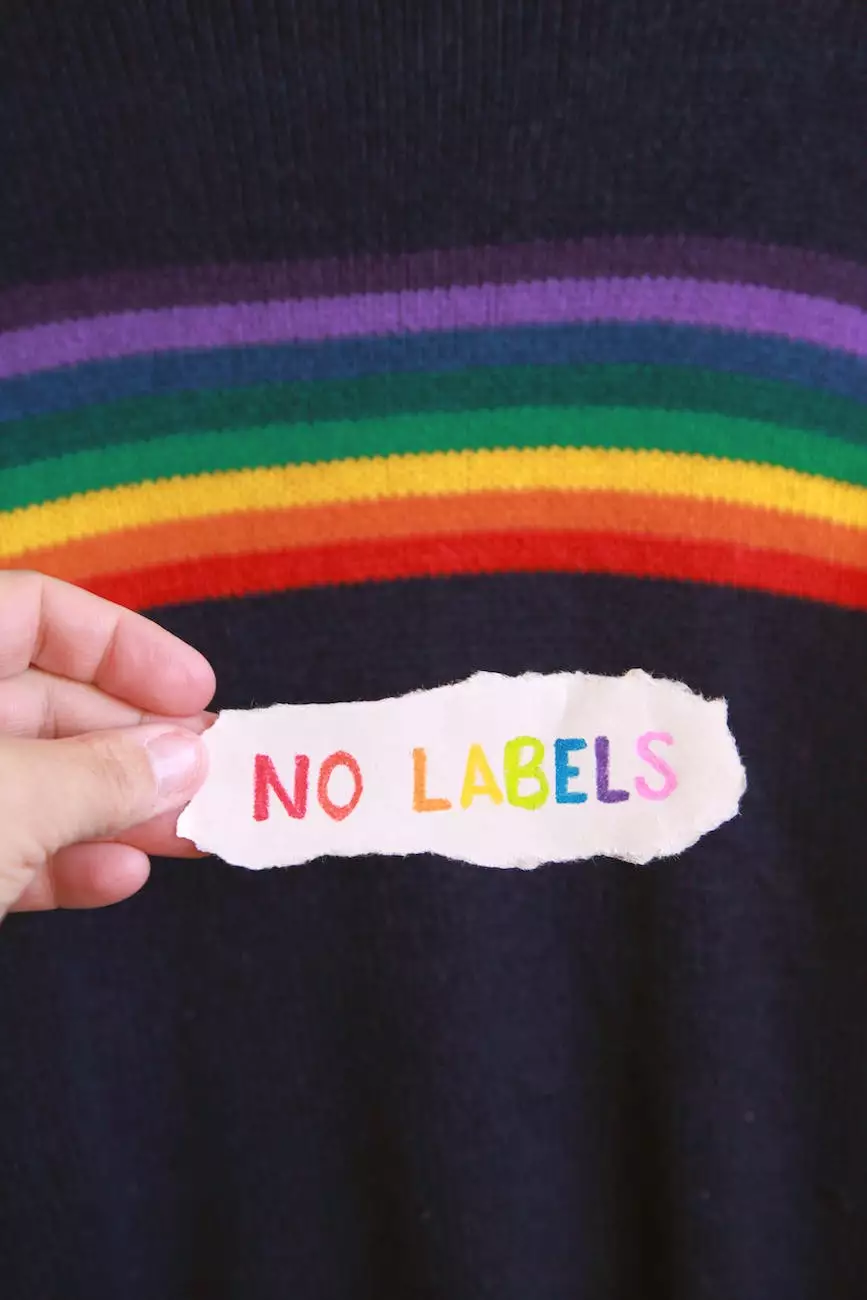Learn English Grammar – A Few vs. Few & A Little vs. Little
English Grammar Lessons
Introduction
Welcome to NJCLT, where we provide exceptional English grammar lessons to help you achieve fluency and confidence in the language. In this lesson, we will explore the differences between 'a few' and 'few' as well as 'a little' and 'little', which often confuse learners. Understanding these nuances is essential for effective communication in English.
The Difference between 'A Few' and 'Few'
Many English learners struggle with the difference between 'a few' and 'few'. Let's clarify:
1. 'A Few'
'A few' implies a positive quantity, indicating a small but satisfactory number or amount. It suggests that there is enough of something, even though the quantity may not be significant.
For example, imagine you have five apples. You can say, 'I have a few apples,' meaning that you have a satisfactory number of apples, even if it's not a large quantity.
2. 'Few'
'Few', on the other hand, implies a negative quantity, indicating a small and insufficient number or amount. It suggests that there is not enough of something, and the quantity is considered inadequate or scarce.
Continuing with the apple example, if you only have one apple, you can say, 'I have few apples,' highlighting the scarcity of apples you possess.
The Difference between 'A Little' and 'Little'
'A little' and 'little' have a similar distinction. Let's explore:
1. 'A Little'
'A little' indicates a positive and satisfactory quantity, suggesting that there is enough of something. It implies a small yet adequate amount.
For instance, if you have a small amount of free time, but it is sufficient for your needs, you can say, 'I have a little free time.' It conveys your satisfaction with the amount of time available.
2. 'Little'
'Little' signifies a negative and insufficient quantity, implying a scarcity or lack of something. It indicates that there is not enough of the subject in question.
Suppose you have almost no free time and your schedule is packed with activities. You can say, 'I have little free time,' emphasizing the limited and inadequate amount of time you possess.
Conclusion
Mastering the distinction between 'a few' and 'few', as well as 'a little' and 'little', is crucial to becoming a confident English speaker. These phrases convey different meanings and can impact the overall understanding of your message.
At NJCLT, our mission is to provide comprehensive English lessons that empower learners to achieve language mastery. By understanding and applying these nuances, you will communicate effectively and express yourself accurately in various contexts.
Keep practicing, and soon you will effortlessly use 'a few', 'few', 'a little', and 'little' in your conversations. Start your journey to English proficiency with NJCLT today!
© 2022 NJCLT. All rights reserved.










